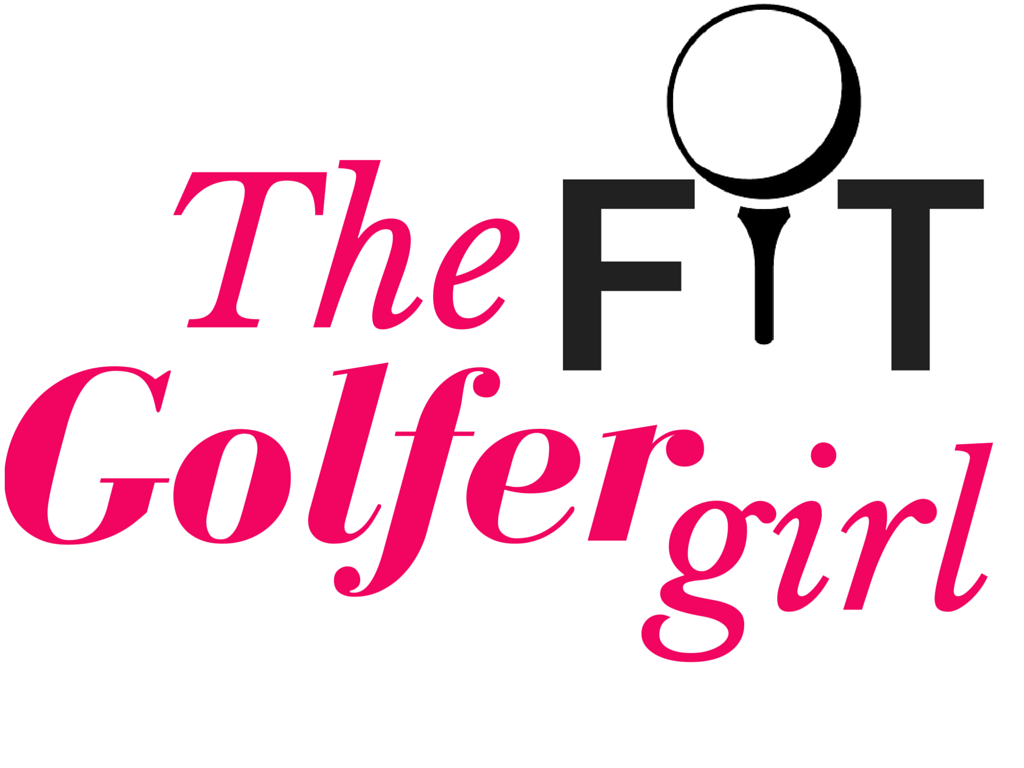The One Thing That Golfers Could Learn From Bodybuilders - At the gym and on the Course
/When most of you think of professional bodybuilders, you think of steroid freaks with massive arms, legs, crazy orange tans and no visible fat. When most of you think of professional golfers, you think polo shirt wearing, preppy looking lean guys wearing funky hats. Whether these stereotypes are right or not is irrelevant. Having massive muscular limbs and bodies might get in the way of your golf swing, but there is one concept made popular by bodybuilding that every golfer should learn and embrace: The Mind-Muscle Connection.
The Mind-Muscle Connection has been around for as long as fitness fanatics have trained to add muscle mass to their frame, but it was made popular by the one and only Arnold Schwarzenegger. Arnold understood that moving a weight from point A to point B wasn't enough. Whenever he trained, he worked on feeling and “visualizing” the target muscle contracting and lengthening throughout the entire range of motion. He focused on using the target muscle and reducing the amount of help that other body parts provided. Arnold and his crew were up to something. Years later, scientific studies using Electromyography (EMG) showed that this technique increased the amount of muscle fibers being engaged with every repetition.
@europeantour. Instagram
@schwarzenegger. Instagram
So how does this translate to golf, golf fitness, and the golf swing? Well, it all comes down to our bodies being extremely adaptive to our inefficient movement patterns. Every single person moves differently, and our bodies are great at adapting to our individual needs. This might sound like a good thing, but in the end this leads to our bodies developing overactive and underactive muscles that with time will lead to injuries, aches and pains, and poor posture. When a golfer (or any individual) hits the gym, their number one priority should be to correct these imbalances by strengthening underactive muscles, and keeping overactive muscles from taking over.
Let’s put this example into action. Imagine that you are watching Rory McIlroy doing a simple row (a movement aimed at strengthening the back). As he moves the weight you see his bicep helping him pull the weight while his back muscles take a back seat. This is a prime example of overactive biceps and under active back muscles (such as the lats and traps). If Rory applied the Mind-Muscle connection to the row and focused on engaging the back muscles and not letting the biceps take over, he would be taking steps towards improving his imbalances, preventing injuries, getting stronger and developing a much greater sense of body awareness. This will also translate to a better swing, and an increased ability to make the small but mighty changes that turn a good golf swing into a great one.
It should be every single athlete’s (yes, I just called you an athlete) responsibility to figure out their imbalances. This can be done via a movement assessment by a fitness professional, or simply by taking a look at your posture, your habits and the areas that give you pain on a regular basis. Once you identify your weak areas, use the Mind Muscle connection to engage it and strengthen it with every exercise and repetition. Similarly, once you identify your overactive muscles you should relax them via stretching, foam rolling, massage, trigger point therapy and other methods.
Whether you are a pro golfer or a weekend warrior, your body and swing will thank you for putting Arnold’s wisdom into practice. Next time you head to the gym to “pump some iron”, channel your inner bodybuilder and make big gains in your health and performance.
Fit Golfer Girl. Carolina Romero.
(All Rights Reserved)























